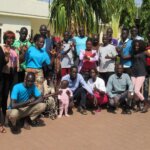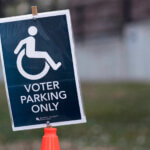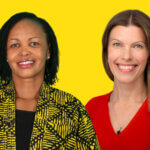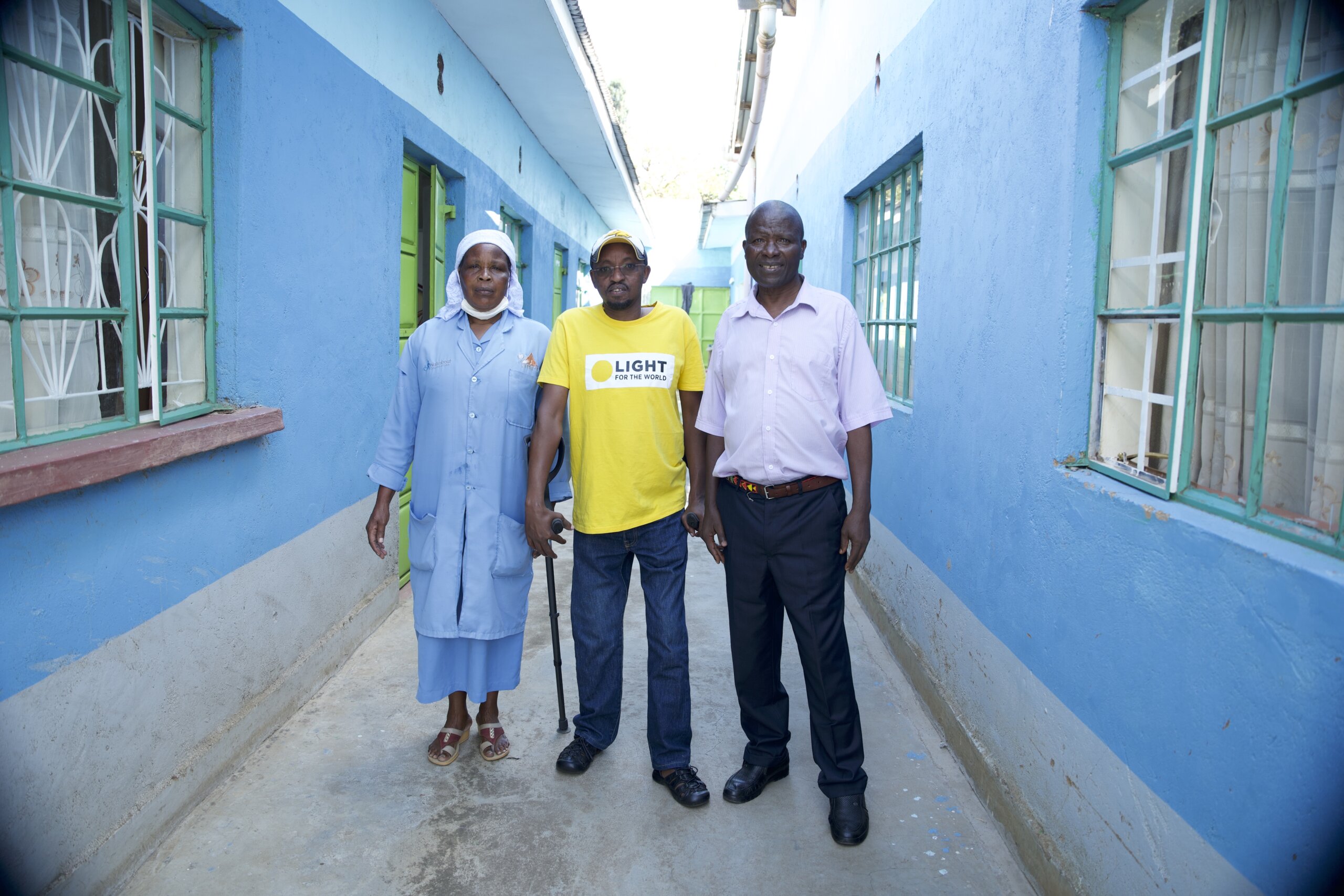- General
On the International Day of Sign Languages, 23rd September 2021, we are launching the new South Sudan Sign Language Dictionary. A milestone for deaf and hard-of-hearing people in South Sudan.
The importance of sign languages
There are more than 70 million deaf people worldwide, collectively using more than 300 sign languages. The International Day of Sign Languages was introduced by the United Nations in 2017, to recognise the importance of sign languages for the identity and communication of deaf and hard-of-hearing people.
80 per cent of all deaf people live in low-income countries.
Ambrose Murangira, Light for the World Uganda
“Their access to education and information in sign language is often inadequate. That’s why we fully support t he World Federation of the Deaf’s call to recognise sign languages as a human right.”
The unifying power of language
In South Sudan, an estimated three per cent of the 11 million population are deaf or hard-of-hearing, exact numbers unknown. The absence of an official national sign language forced people to fall back on a mix of locally used signs, Kenyan, Ugandan and Arabic Sign Languages.
Without a common language, the deaf community faced serious barriers in information, education and health care.
Sophia Mohammed, Light for the World Country Director in South Sudan says: “It’s estimated that less than one per cent of deaf people in South Sudan have access to health services because of communication barriers.”
Lack of a national sign language also meant that sign language interpreters – scarce in numbers – were unable to work across the nation.
Light for the World worked together with the National Association of the Deaf and the Ministry of Gender, Child and Social Welfare to unify and formalise locally used signs to develop a national sign language. Led by the Deaf Association, the most important signs and communication areas were collected by a diverse working group of deaf and hard-of-hearing people. The process took years, not least because of the disruptions caused by the country’s security situation, internal displacement, and COVID-19.
A new Sign Language dictionary for South Sudan
Building on a first basic dictionary of 200 signs published in 2016, today we are proud to present the New South Sudan Sign Language Dictionary. With its more than 800 signs covering important topics and terminology, the dictionary promises to be a gamechanger for the communication rights of deaf people in the country.
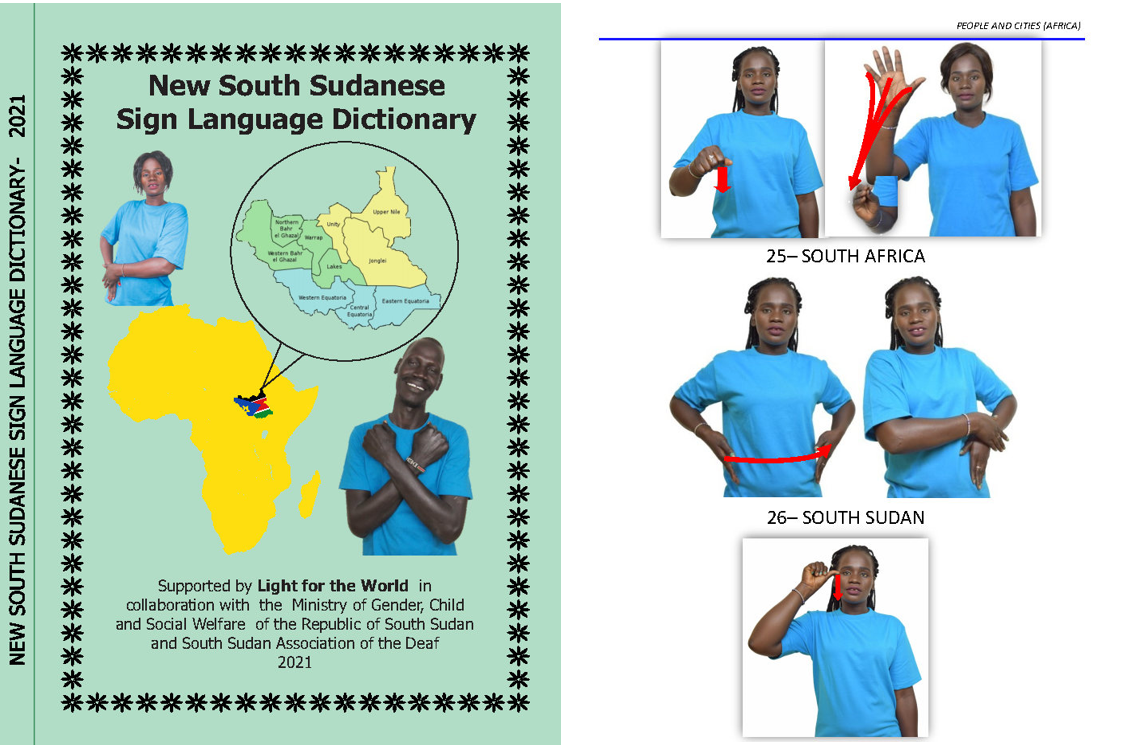
Sophia Mohammed, Light for the World Director South Sudan, says: “It’s been heartening to witness people from all around the country uniting in this process. Before we started the dictionary development, we invested in an almost year-long training process with the Organisations of People with Disabilities to bring them together. They were firmly in the driving seat of the whole process.”
Esther Piro, a young deaf woman and member of the National Association of the Deaf, took a leading role. “This dictionary is very important. It will help deaf children and parents, the community, and non-disabled people. I am here to say: Use this dictionary. Apply it so that communication can flow.
What’s next
Next on the path to full participation for deaf and hard-of-hearing people in South Sudan: the dictionary will be widely disseminated in all ten states of the country. It will be used in training for more sign language interpreters, teachers and social workers.
